 By Tami G. O’Connor
By Tami G. O’Connor
So, there I was, minding my own business, looking through posts on Twitter with the scienceisfun hashtag, when I was immediately sucked down the rabbit hole of the Tumblewing!!! How is it possible that I had never seen this before? As a former corporate jet pilot and science teacher, this would have been right down my alley. And yet, it was totally new to me!
I’m writing to ensure that this doesn’t happen to you, too! This awesome activity teaches so much authentic science and is a fun activity for almost any age.
Presenting the Tumblewing
The Tumblewing—also called the Tumbling Wing, or Tumble Wing—is easy to make, and relatively easy to fly. It works when the operator creates a wave of air using a simple piece of cardboard. By moving the cardboard forward, air in front of it is displaced and is pushed out of the way. Some of that displaced air flows over the top edge of the cardboard, and that’s what we’re going to use to fly our Tumblewing. The easiest way to think about this is that the Tumblewing is “surfing” in the airflow.
The pattern we’re using was taken from SciencetoyMaker. They have other awesome ideas on their website including a nifty glider, but right now, we’re just going to discuss the Tumblewing.
Building Your Tumblewing
Click here or on the image below for the pattern you’ll need.
The idea is to use very light paper. They initially call for phone book paper, but who has a phone book these days? We used newspaper and it worked great, but you can also use tissue paper, which works quite nicely, too.
Using the largest pattern to start, tape the short ends to a piece of newspaper. Cut along the solid lines, but do not cut where the tape is yet. Using a ball point pen, trace along the dashed lines of the pattern, pressing down as you go. This will help to score the newspaper once it comes time to fold.
Next, fold the small ends up 90 degrees to create winglets. Then fold along the long lines. One edge folds downward and the other folds upward creating a type of Z in the paper. Notice that the folds taper outward at the ends. It’s important not to fold straight across to the end. Once your pattern has been cut, scored and folded, you can cut the ends where the tape holds the pattern to the newspaper, and you will have your Tumblewing.
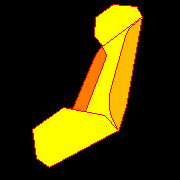
© Slater Harrison 2007
Time to Fly!
Now it’s time to fly! Find an area indoors that is not particularly drafty. Moving air will disrupt your flight. Hold your Tumblewing with the edge that is pointed upward closest to you and release it with a slight downward push on that edge. The Tumblewing will begin to spin in a rolling motion. The wing is actually generating lift by alternatingly flying and stalling as the angle of incidence changes with the spinning motion.
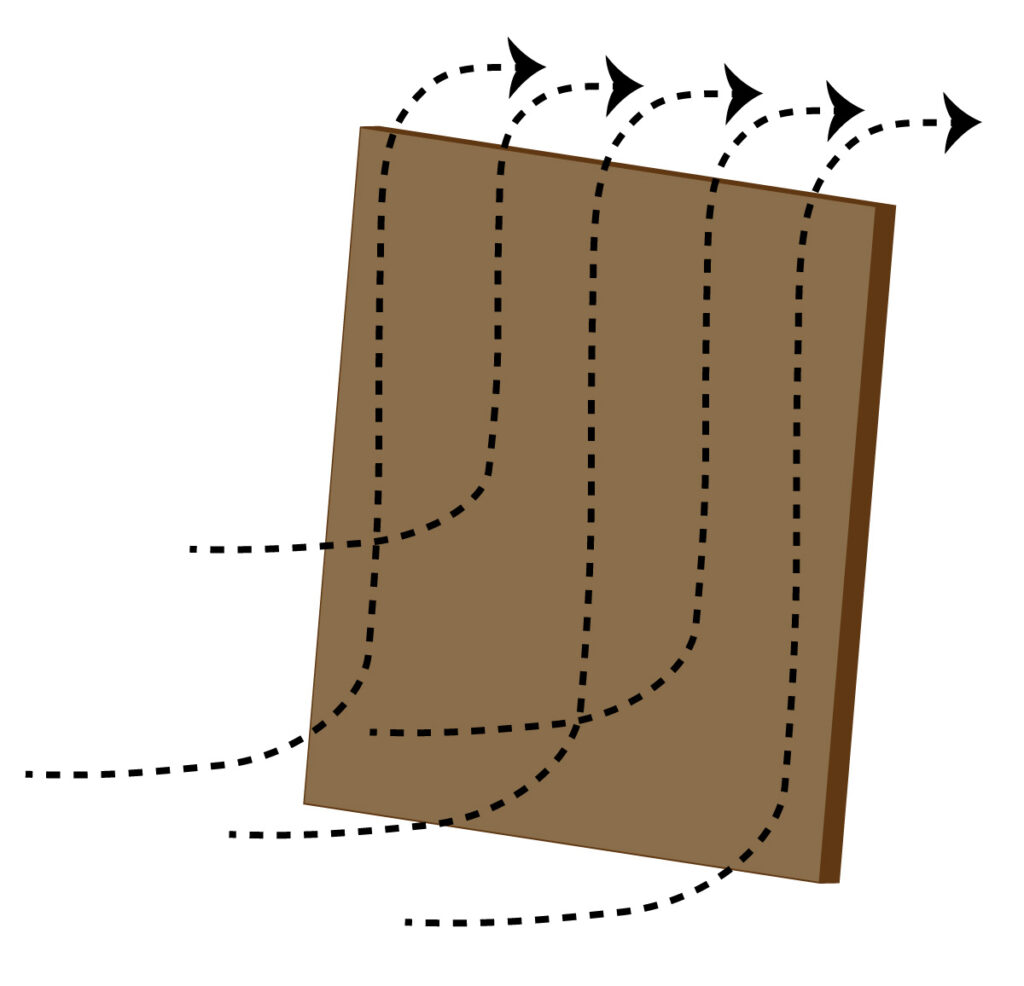
Depending upon the level of your students, this would be a great discussion of Magnus effect. So much great physics, so little time to write it all!
Tumblewing Tips:
- The larger the cardboard, the easier it is to control.
- Keep the cardboard at a steep angle. It’s a common mistake to flatten out the cardboard. But when you do, you are reducing the amount of airflow.
- As your Tumblewing starts to fall, simply walk faster to increase airflow and raise it back up.
- Keep the Tumblewing near the top edge of the cardboard, but don’t let it flow over the top.
- After you get the hang of it, try using one of the smaller patterns. Like a sports car, the smaller the Tumblewing, the more nimble and maneuverable it is.

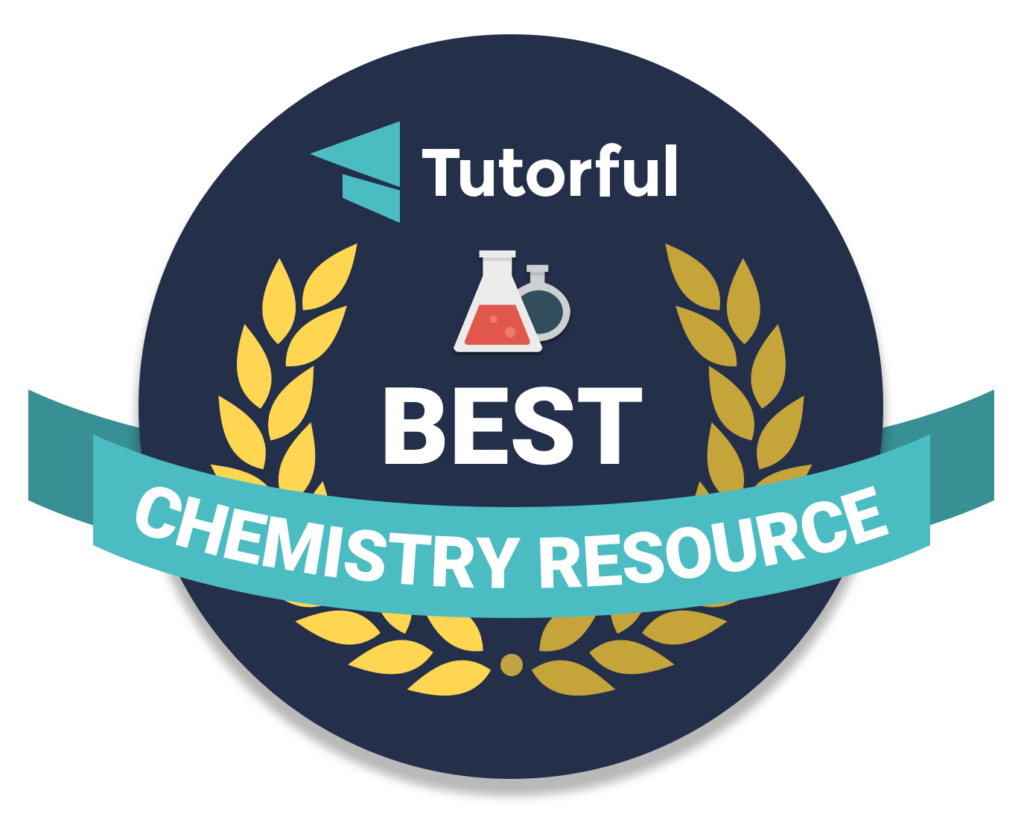
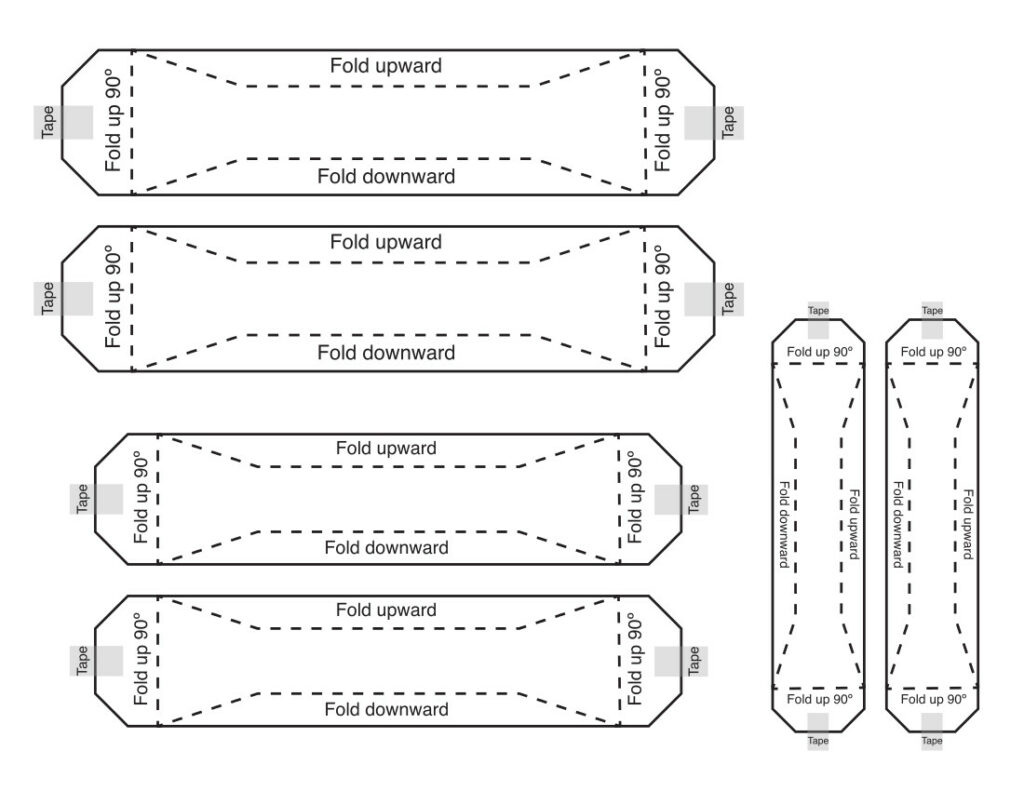



 Posted by Donna Giachetti
Posted by Donna Giachetti  By Ted Beyer
By Ted Beyer
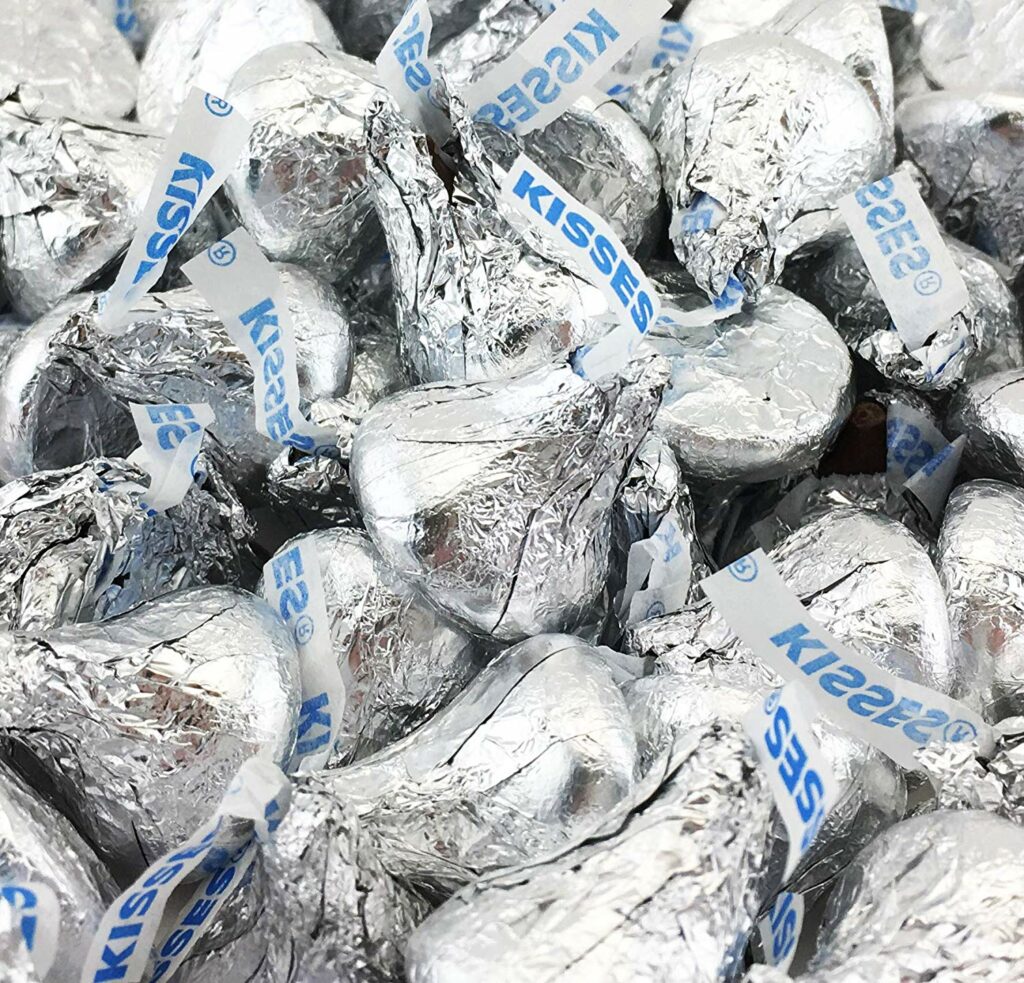
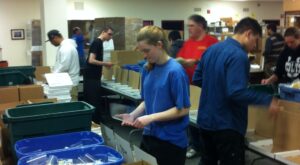
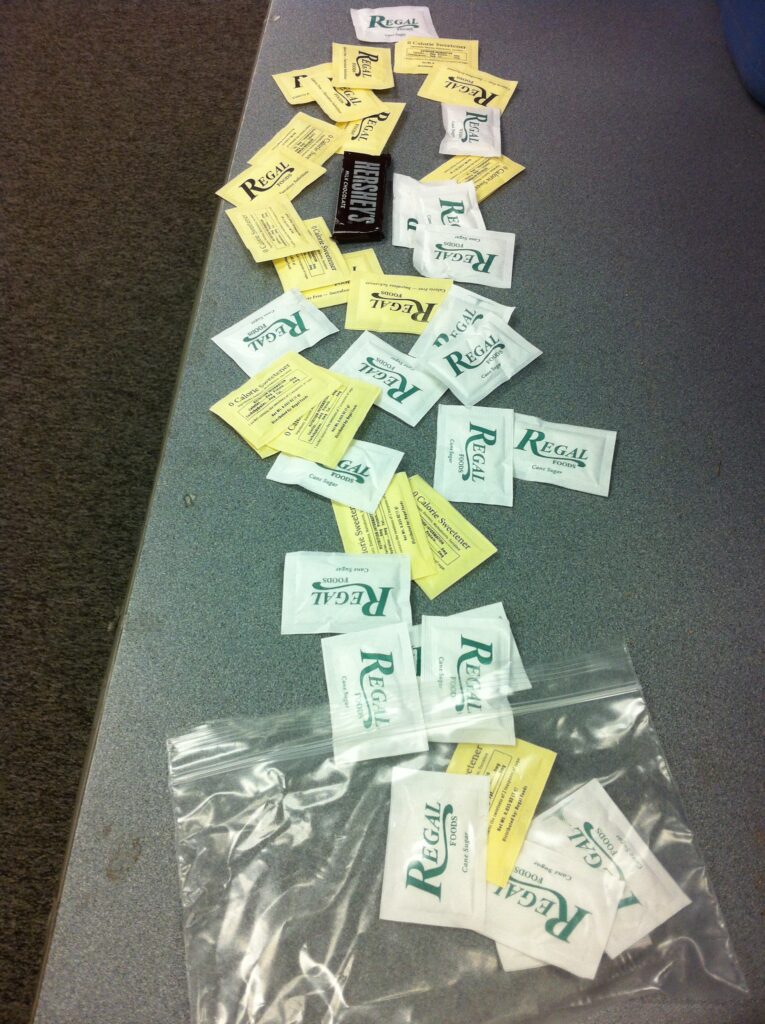
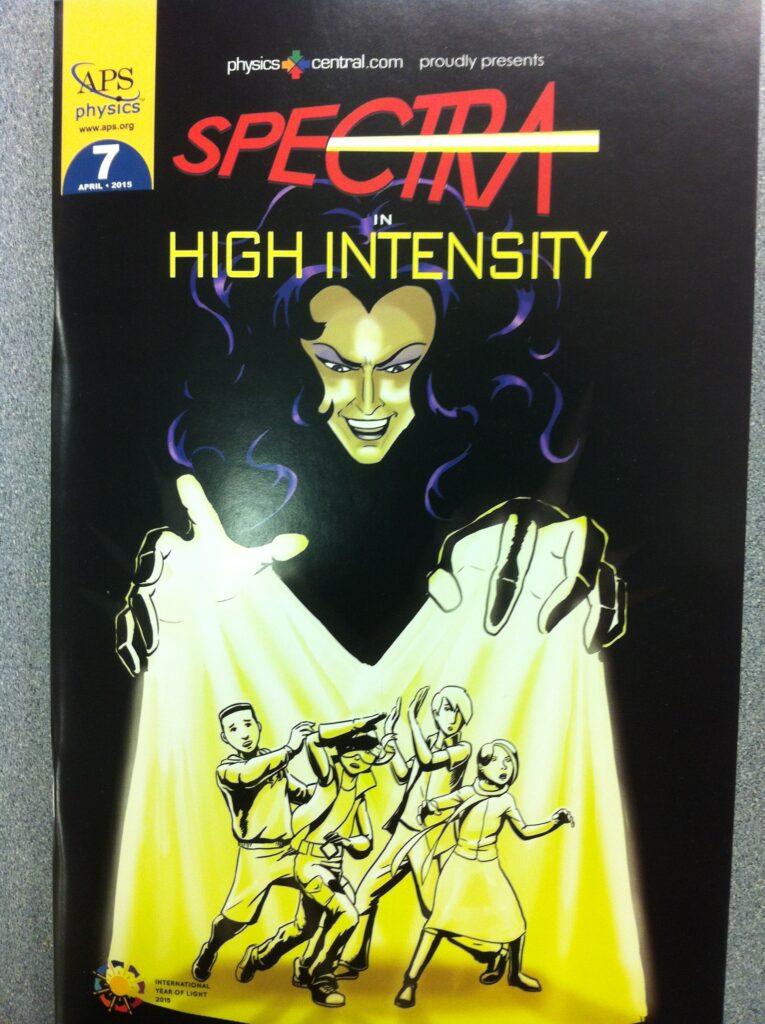
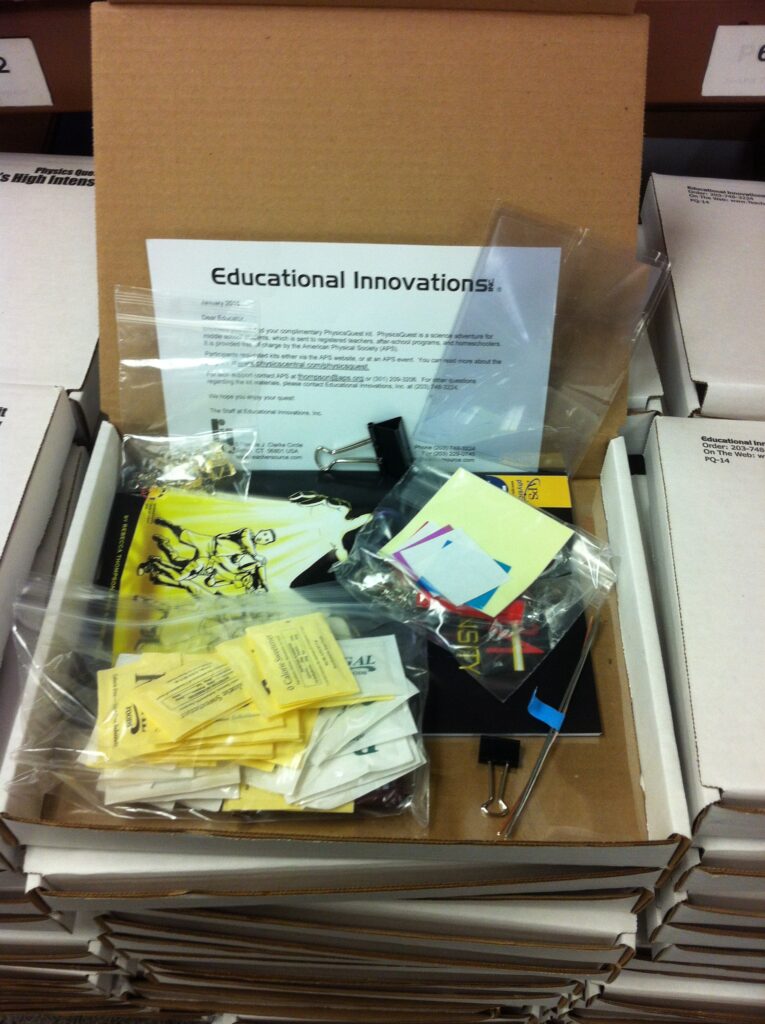
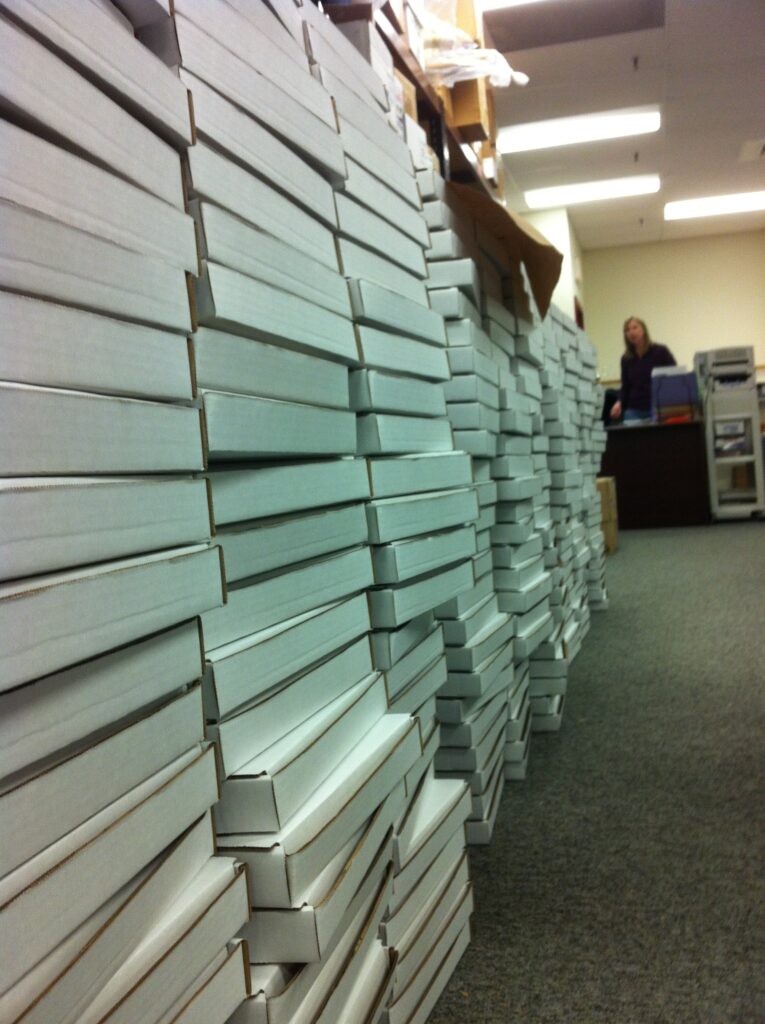
 by Nancy Foote
by Nancy Foote Want to get your students revved up over the science of sound? This area of science has so much to explore, with more advances every day. Enjoy this collection of news related to recent discoveries about sound and waves.
Want to get your students revved up over the science of sound? This area of science has so much to explore, with more advances every day. Enjoy this collection of news related to recent discoveries about sound and waves.